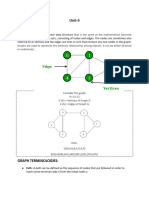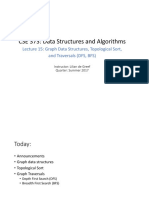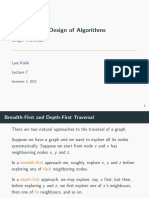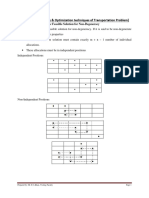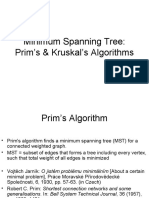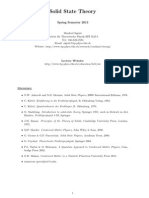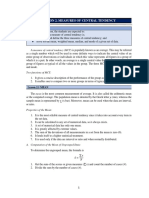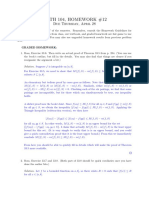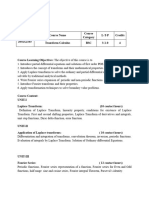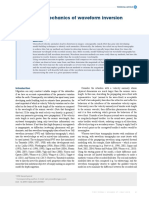0% found this document useful (0 votes)
20 views82 pagesLec03 SearchSort - 2023
The document discusses the computational complexity of searching and sorting algorithms, emphasizing the importance of graph theory in understanding these algorithms. It compares adjacency matrices and lists, detailing their spatial complexities in relation to sparse and dense graphs. Additionally, it covers depth-first and breadth-first search algorithms, their properties, and time complexities, while also providing insights into graph traversal and connectivity.
Uploaded by
yijoebackupCopyright
© © All Rights Reserved
We take content rights seriously. If you suspect this is your content, claim it here.
Available Formats
Download as PDF, TXT or read online on Scribd
0% found this document useful (0 votes)
20 views82 pagesLec03 SearchSort - 2023
The document discusses the computational complexity of searching and sorting algorithms, emphasizing the importance of graph theory in understanding these algorithms. It compares adjacency matrices and lists, detailing their spatial complexities in relation to sparse and dense graphs. Additionally, it covers depth-first and breadth-first search algorithms, their properties, and time complexities, while also providing insights into graph traversal and connectivity.
Uploaded by
yijoebackupCopyright
© © All Rights Reserved
We take content rights seriously. If you suspect this is your content, claim it here.
Available Formats
Download as PDF, TXT or read online on Scribd
/ 82






















